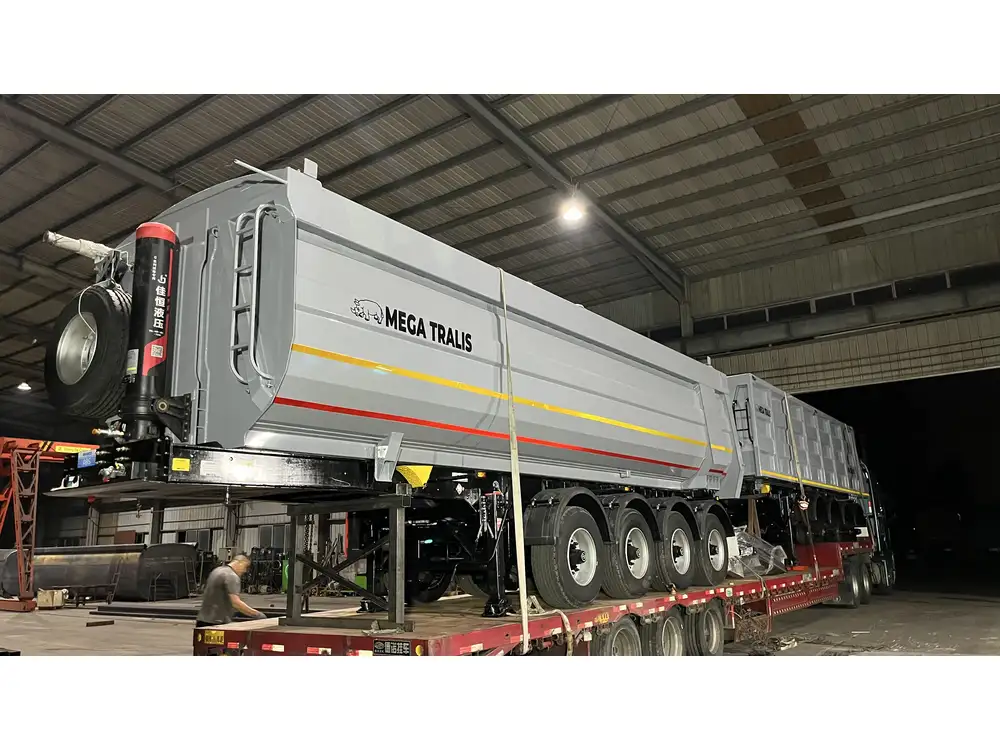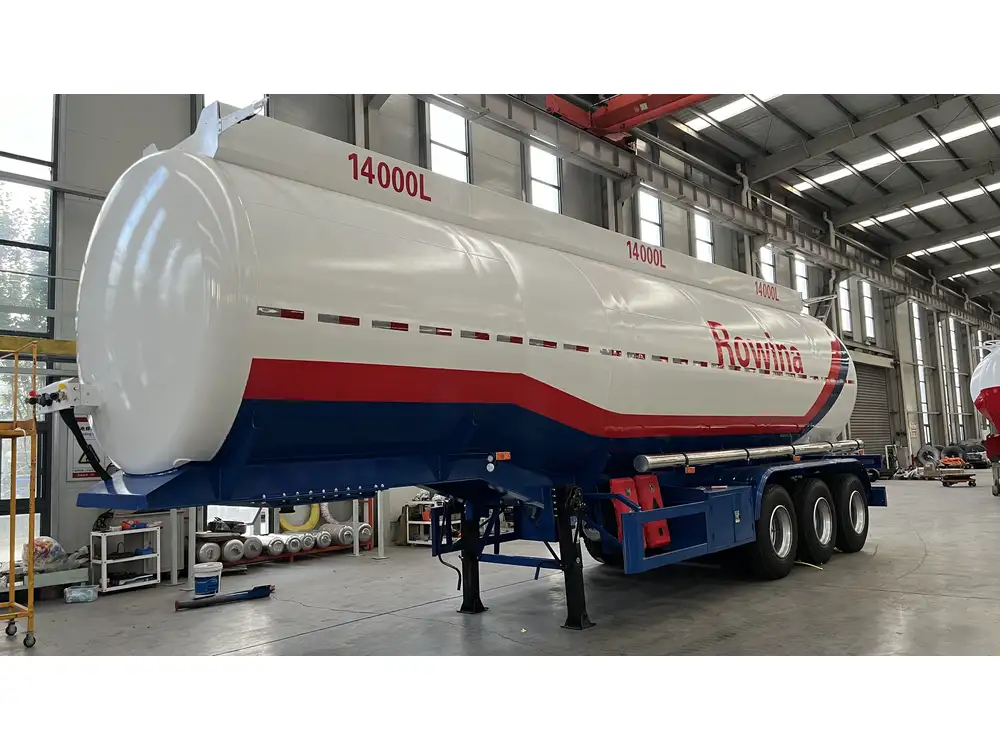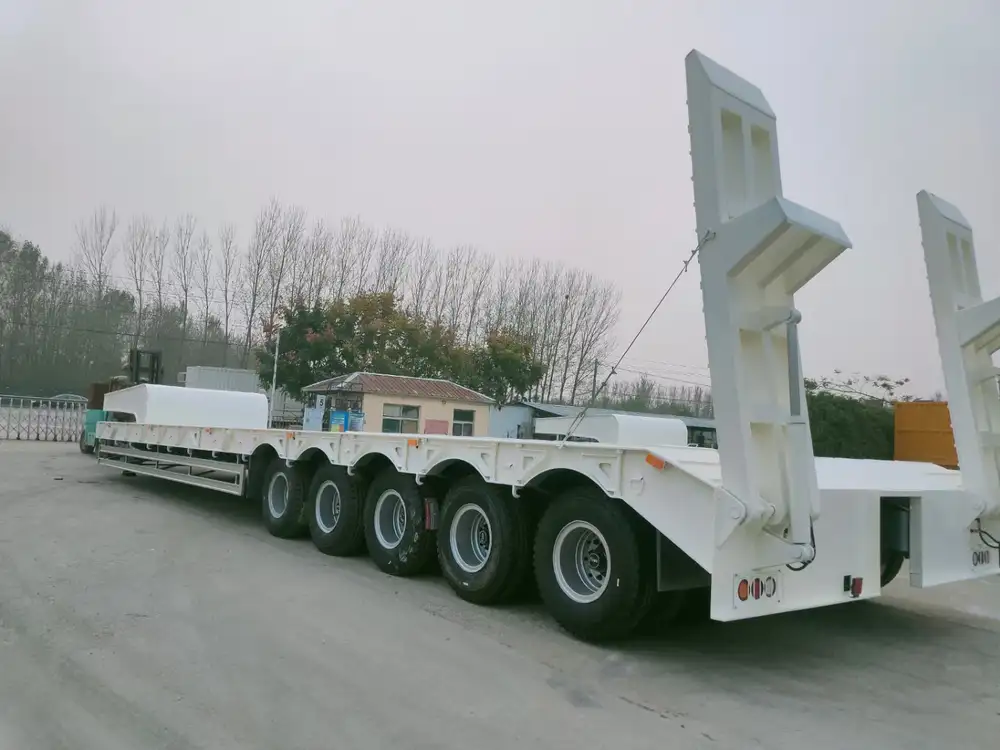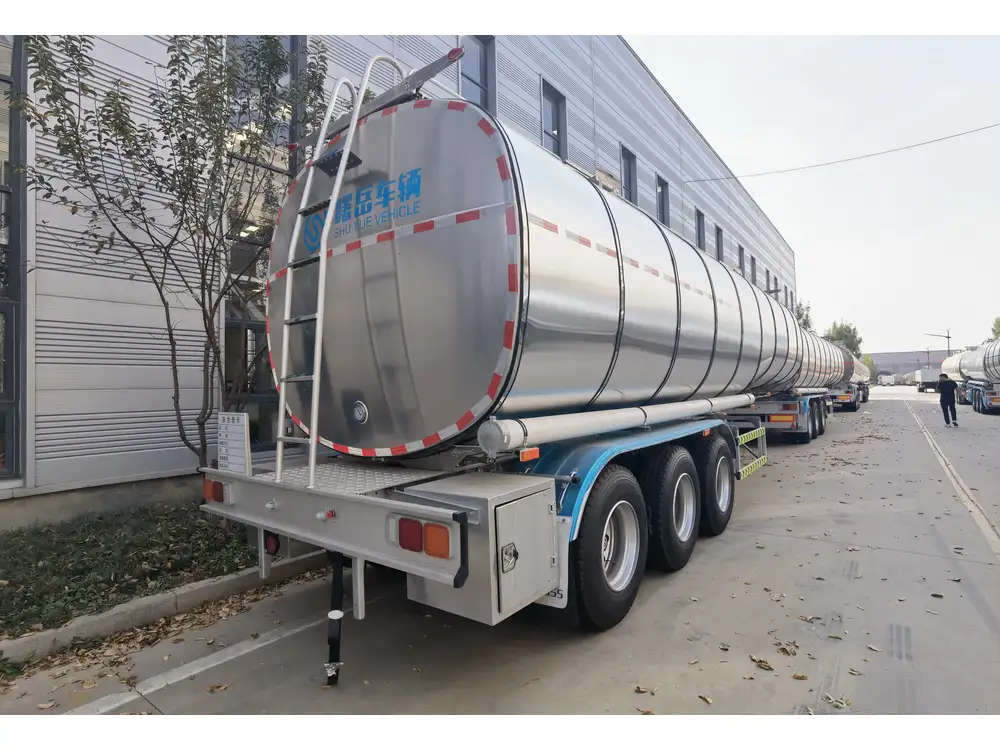In the world of semi-trailers, the efficiency and functionality of dump trailers hinge not only on their structural integrity but also on the reliability of their battery systems. The charge and maintenance of the battery in a dump trailer are critical, often determining its practical performance and reliability. In this detailed discourse, we will dissect various aspects surrounding dump trailer battery charging, including the fundamental mechanics, troubleshooting strategies, preventive measures, and much more.
How Dump Trailer Batteries Work
Overview of Battery Types
Dump trailers primarily utilize two types of batteries: sealed lead-acid (SLA) and deep-cycle batteries.
Sealed Lead-Acid Batteries: These batteries are the most common choice due to their resilience and ability to perform under challenging conditions. They are maintenance-free and easy to install.
Deep-Cycle Batteries: Designed to provide sustained power over extended periods, deep-cycle batteries are particularly beneficial for applications requiring frequent deep discharges and recharges.

The Charging Mechanism
The charging process of a dump trailer battery entails converting electrical energy into chemical energy, allowing the battery to power hydraulic systems that lift the trailer bed. The average workflow can be depicted as follows:
- Power Source: The battery is charged using a generator, tow vehicle, or dedicated battery charger.
- Voltage Dynamics: A standard dump trailer battery operates at around 12 volts. The charging source must also match this voltage to effectively recharge the battery.
- Current Flow: Upon connection to a power source, current flows into the battery, chemical reactions occur, and energy is stored for later use.
Indicators of Battery Health
Signs of a Healthy Battery
Regular assessments of battery health can save time and money in the long run. Here are key indicators of optimal battery condition:
- Full Charge Indicator: A fully charged battery should read between 12.4 – 12.7 volts at rest.
- No Corrosion on Terminals: Clean terminals with no signs of corrosion reflect good connectivity and battery health.
- Consistent Power Delivery: The battery should reliably power all equipment without dipping below performance thresholds during use.

Red Flags to Watch Out For
Being able to recognize signs of potential battery failure is crucial. Here are common issues to identify:
- Slow or Inconsistent Lifting: If the dump trailer struggles to raise its payload, this may indicate battery weakness.
- Lower Voltage Readings: Readings below 12.4 volts steadily indicate a need for charging or replacement.
- Visible Damage: Physical damage like leaks or bulging can signal that the battery needs immediate attention.
Charging a Dump Trailer Battery: Best Practices
Direct Charging Methods
Towing Vehicle Connection: Often, dump trailers can charge their batteries while being towed. This relies on the electrical system of the tow vehicle, which should ideally be in good condition and capable of supplying sufficient power.
Steps:
- Ensure the connection between the trailer and vehicle is intact.
- Start the tow vehicle and let it run for a sufficient duration for the battery to charge.
Portable Battery Charger: Utilizing a dedicated battery charger allows for controlled and efficient charging.
Steps:
- Disconnect the battery from the trailer.
- Connect the charger leads to the respective terminals (positive to positive, negative to negative).
- Turn on the charger and monitor until full charge is achieved (often indicated by a light).
- Safely disconnect after charging is complete.

Solar Charging: A Sustainable Choice
Adopting solar technology to charge dump trailer batteries is becoming increasingly popular due to its eco-friendliness and efficiency.
Installation Steps:
- Select Appropriate Solar Panels: Ensure the panels have sufficient wattage to match the battery requirements.
- Mounting: Attach the panels securely on the trailer.
- Connection: Wire the solar panels to the charge controller, then connect it to the battery.
- Monitoring: Regularly check the system to ensure consistent charging.
Maintenance Tips
- Regular Inspections: Check battery cables and terminals for corrosion or wear.
- Topping Off Water Levels: For traditional lead-acid batteries, ensure the fluid levels are adequate.
- Cleaning: Periodically clean the terminals with a mixture of baking soda and water to prevent corrosion buildup.
Common Charging Issues and Solutions

Problem: Low Charging Voltage
Symptoms: Voltage readings falling below adequate thresholds while charging.
Solutions:
- Check the charger for functionality. A failing charger can lead to inadequate charging.
- Inspect the cables for frays or damage. Damaged cables can impede the electrical flow.
Problem: Battery Not Charging
Symptoms: The battery does not hold charge even when connected to a power source.
Solutions:
- Test the battery with a multimeter to assess its health. If it shows consistent low voltage, a replacement may be necessary.
- Ensure connections are secure, removing and reinserting cables if necessary.
Problem: Overcharging
Symptoms: The battery feels hot to touch, and bulging is evident.
Solutions:
- Immediately disconnect from the power source. Overcharging can cause permanent damage.
- Install a regulator or a smart charger that automatically disconnects when batteries are fully charged.

Conclusion: Maximizing Battery Efficiency in Dump Trailers
The efficacy of dump trailers depends heavily on reliable battery systems. By understanding how dump trailer batteries charge and recognizing the signs of health or distress, we can intervene effectively. Adhering to best practices during the charging process — whether using conventional methods or innovative solar technology — ensures longevity and optimal performance of our trailers.
Moreover, continual maintenance and direct troubleshooting can nip potential issues in the bud, saving significant time and resources. Hence, by focusing on the health of our dump trailer batteries, we not only enhance operational efficiency but also contribute to the sustainability of our overall logistics framework.
In summary, the responsibility lies with us — manufacturers, operators, and users alike — to ensure our dump trailer batteries receive the care and attention they require to perform efficiently and reliably. By adopting a proactive approach, we can optimize our operations and maintain a robust, dependable fleet of dump trailers for all hauling needs.
Checklist: Battery Maintenance
| Task | Frequency | Notes |
|---|---|---|
| Inspect Battery Terminals | Monthly | Look for corrosion and tight connections. |
| Check Voltage Levels | Every 3 months | Ensure readings are within 12.4-12.7 volts. |
| Clean Terminals | Every 6 months | Use a baking soda solution when necessary. |
| Complete Charge Cycle | As Needed | Fully charge to maintain battery health. |
| Inspect for Damage | Monthly | Physically examine the battery for any signs of distress. |
With effective practices in place and a comprehensive understanding of our battery systems, we can ensure that charging procedures lead to robust performance on the road and beyond.



